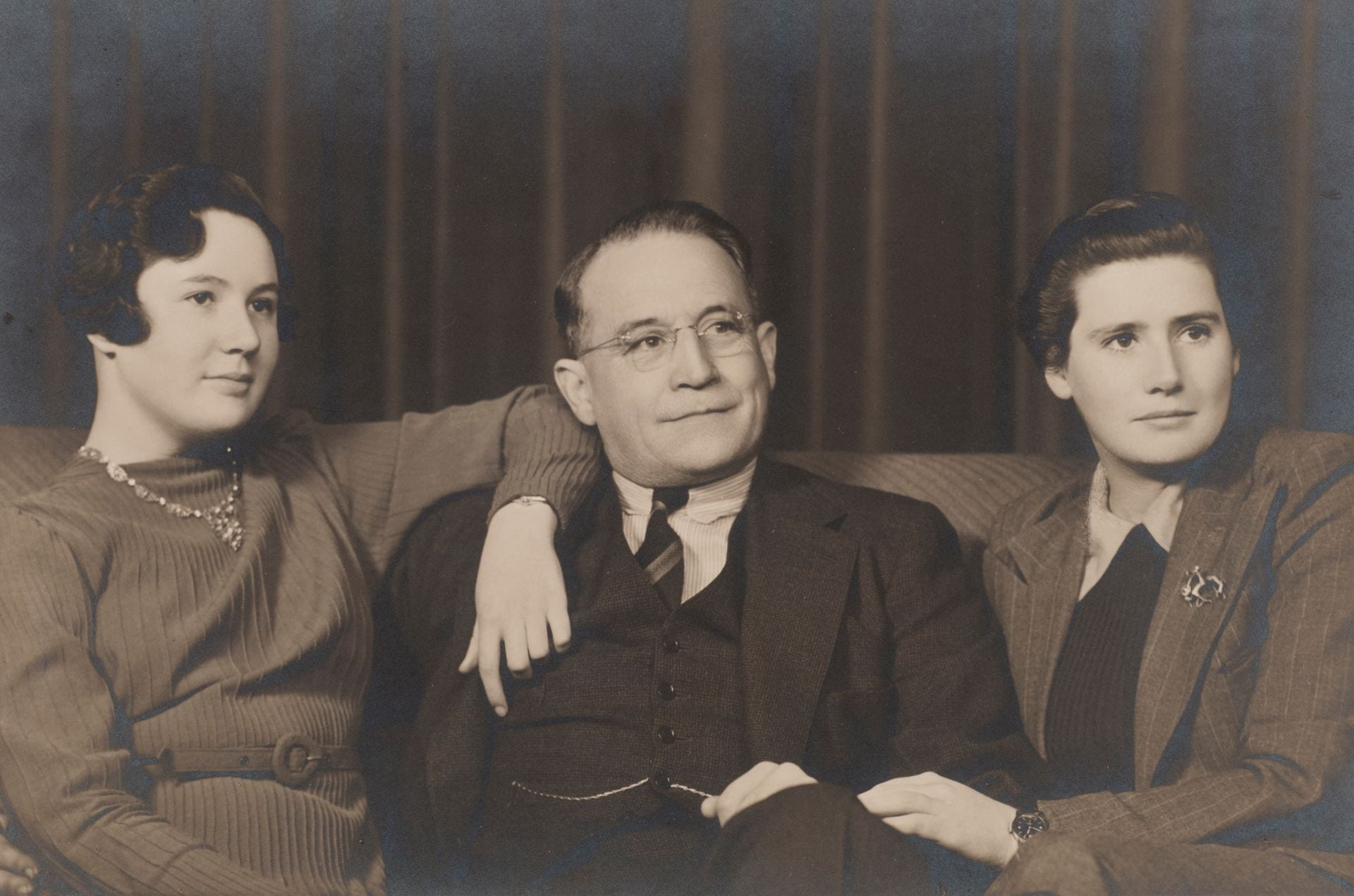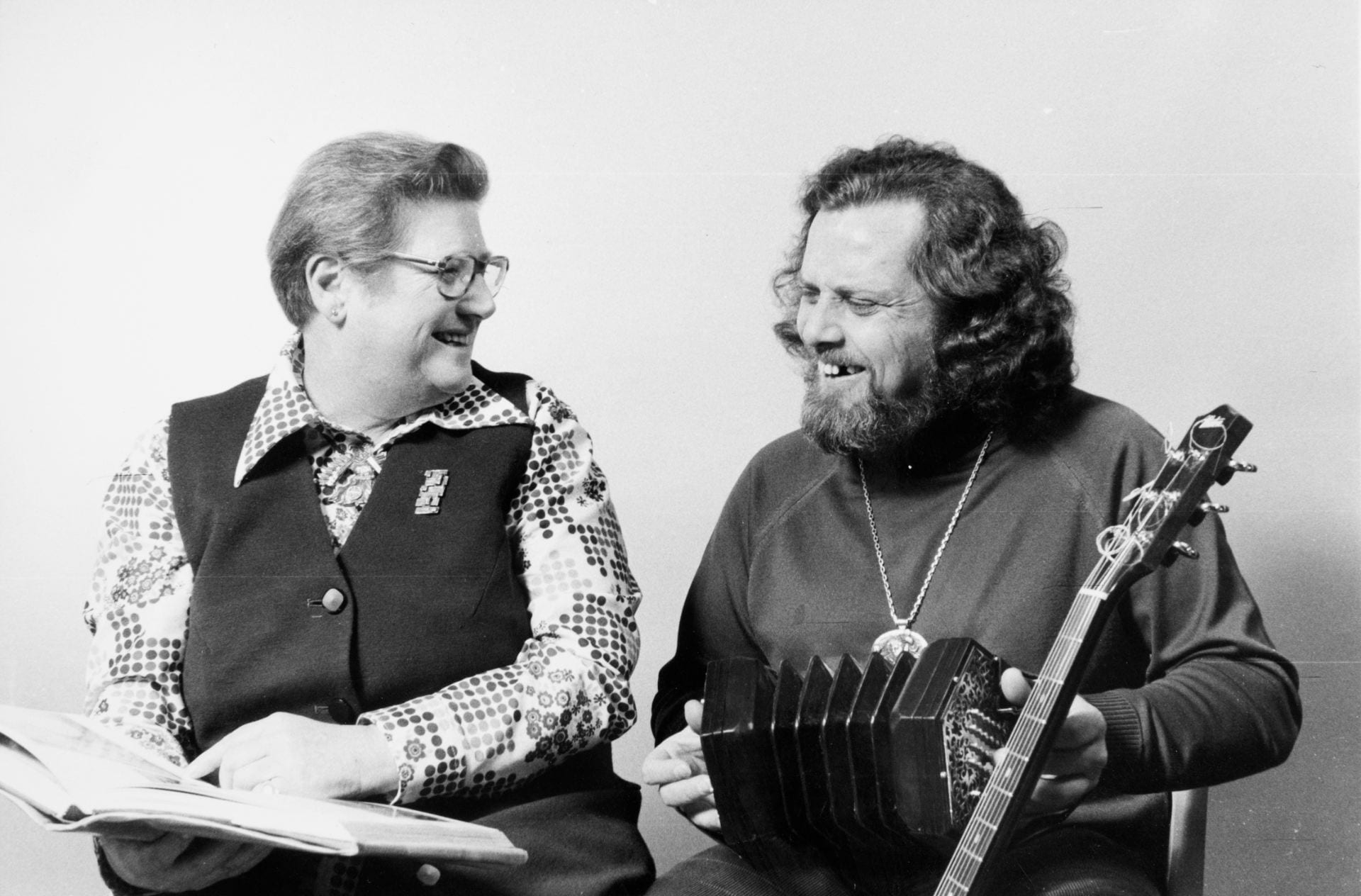
Remembering Ding Dyason: Bringing Humanities and Science Together
Last year marked one hundred years since the birth of Diana ‘Ding’ Dyason (1919–1989), historian of medicine and former head of History and Philosophy of Science (HPS). As one of HPS’s most inspiring and effective leaders, Ding Dyason was honoured with a series of events including the Ding Dyason Centenary HPS Seminar at the University of Melbourne and the Dyason Lecture at the 2019 conference of the Australian Association for the History, Philosophy and Social Studies of Science (AAHPSSS) – an association of which Ding was founding president in 1967. In this article, current HPS graduate student, Samara Greenwood, writes about Ding’s leadership and legacy for History and Philosophy of Science at the University of Melbourne.
Diana ‘Ding’ Dyason was crucial to the development of History and Philosophy of Science at the University of Melbourne, as well as in Australia more broadly. From its inception in the 1940s until her retirement in 1984, Ding’s initiative helped guide HPS into position as a leading program of interdisciplinary teaching and research. In 2016, the university recognised her pioneering work with a posthumous University of Melbourne Award.
From her earliest years, Ding had a special connection to the university. Her uncle, Sir Ernest Scott, was a distinguished professor of history and Ding spent her childhood surrounded by academics, even learning poker from two professors and a vice-chancellor. It therefore felt natural for her to take up an academic career – an unusual path for women at that time. Ding first studied science and, in 1945, obtained a Masters degree with honours in physiology. She was then drawn to the history of science via her mentor, Professor Douglas Wright. Both Wright and Dyason had unusual foresight in seeing the critical relationship between the development of scientific knowledge and its broader historical and social context.

With the department’s formation in 1946, the University of Melbourne became a global pioneer in History and Philosophy of Science. Three years later Ding transferred from senior demonstrator in physiology to lecturer in the history and method of science. Seeing the potential of this emerging field, Ding took a study tour of Britain and America from 1952 to 1953. During this tour, she reviewed the work of leading scholars such as Karl Popper and James B. Conant, which led her to develop many of the innovations she implemented on her return. In particular, she recognised the value of examining the cultural conditions in which science develops, thus instituting the teaching of science, technology and society at Melbourne. She became a leading social historian of medicine specialising in germ theory and public health and later developed a comprehensive database of nineteenth-century Victorian medical practitioners. In 1957 Ding was appointed head of the department and her forceful leadership saw student numbers increase, new courses develop and, crucially, the department’s position within the university firmly consolidated.
Ding’s leadership style was inclusive and forward-thinking. While most departments were run along the lines set by department heads, Ding chose to lead her department in an open and democratic manner. Professor Rod Home, Ding’s successor, recalls that she welcomed, indeed required, all staff to contribute to the running of the department. When he first took up lecturing, Ding entrusted him to modify his appointed subject in any way he saw fit. Rod also remembers the great belief she had in “the beneficial effects on frayed nerves or damaged psyche of a bowl of nuts and a tumbler-full of Scotch whisky”.

One of Ding’s research assistants, Elizabeth Hurt, similarly remembers Ding as a supportive leader who simultaneously challenged her to extend herself. Elizabeth recalls how she felt welcome from her first interview when Ding asked if she enjoyed playing cards. Apparently, many members of the department – teaching staff, graduate students and the odd visitor – would meet at lunch to play a game called ‘You Bugger!’ As Elizabeth put it, “I felt I’d found a small corner of ‘home’ in what until then had felt like a very strange land … Ding exuded a confidence that included people.”
Ding was also an inspiring teacher. Former student Margaret Pelling recalls Ding’s commitment to primary sources, noting:
Our classes were based on foolscap collections of roneo’d texts, especially primary sources, many of them challenging in content. The texts were not simply chunks lifted from the source. Each text had been carefully assessed, selectively edited, and retyped.
Ding was adamant that students learn to carefully and critically read original historical sources and her enthusiasm for this rigorous way of working was infectious. Many students recall the excitement with which they would delve into the collections of documents put together with such care.
Ding’s most popular course was Glorious Smelbourne, in which she examined the development of public health in Melbourne with a focus on the history of sewerage. In the 1970s she ran the subject with folk singer Danny Spooner and the course material consisted of two large volumes of primary sources and an accompanying cassette. Ding also spent many years building the University’s library resources to international standards and, after a long campaign, succeeded in having a chair established in the discipline of HPS in 1975.

Beyond the university, Ding led the way in securing a place for HPS in Australia. She was founding president of the Australasian Association for the History and Philosophy of Science, founding member of the Australian Academy of Science’s National Committee for History and Philosophy of Science, founding vice-president of the national Medical History Society, as well as delegate to the general assemblies of the International Union of the History and Philosophy of Science in 1974 and 1977.
After stepping down as head of department in 1975, Ding continued as reader in HPS until her retirement in 1984 before passing away a few years later. Recently, the School of Historical and Philosophical Studies has begun to consolidate her extensive archives for ongoing access and use. Through her innovative and caring leadership Ding helped grow a unique interdisciplinary program and her belief in the importance of combining knowledge across science and humanities is just as relevant and pressing today. The department of History and Philosophy of Science was indeed fortunate to be a key beneficiary of Ding’s dedicated and expert guidance.
Further details of the life and career of Diana ‘Ding’ Dyason can be found in the Australian Dictionary of Biography, The Encyclopedia of Women & Leadership in Twentieth-Century Australia and in the Dyason Lectures of Australasian Association for the History and Social Studies of Science